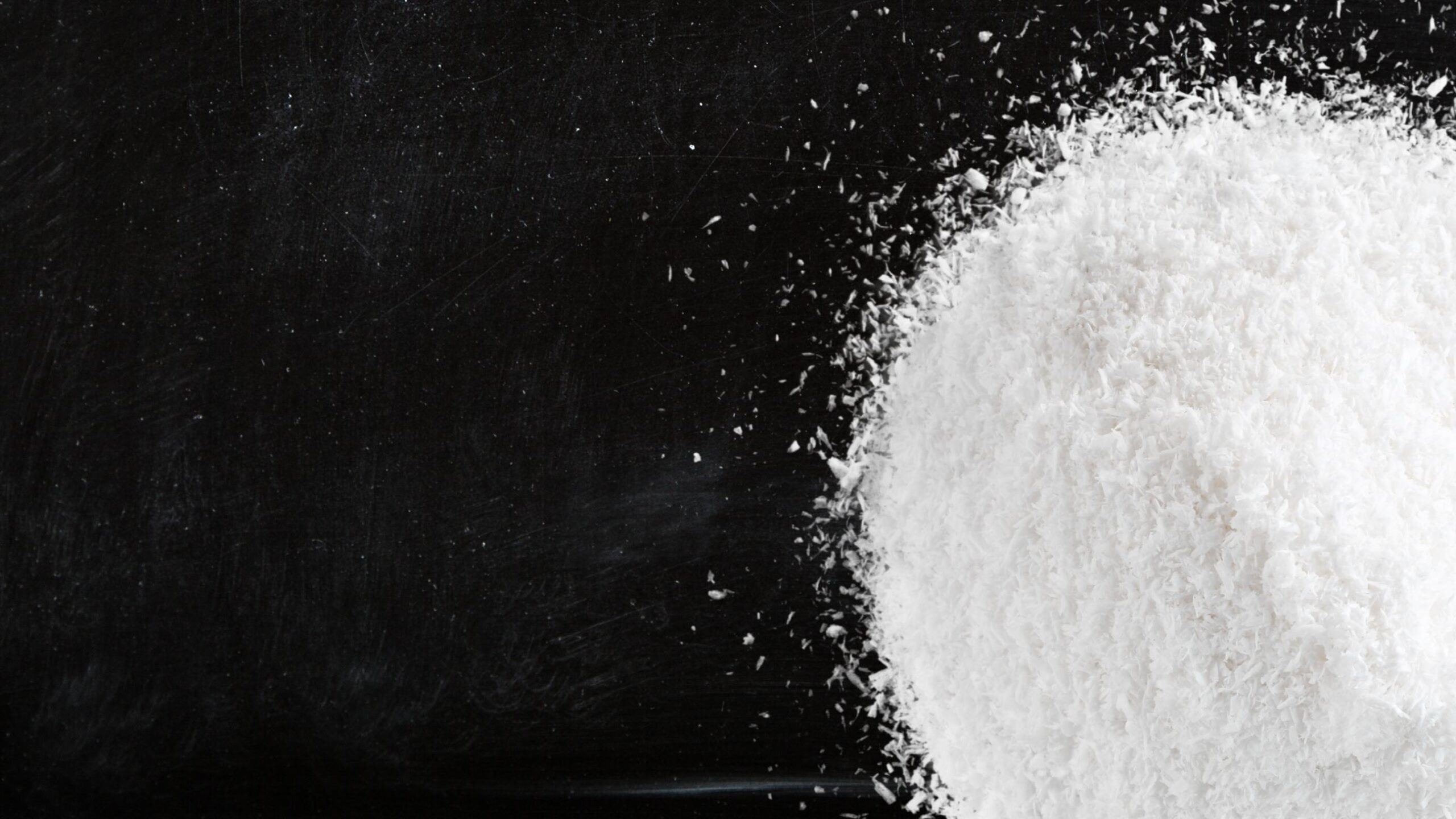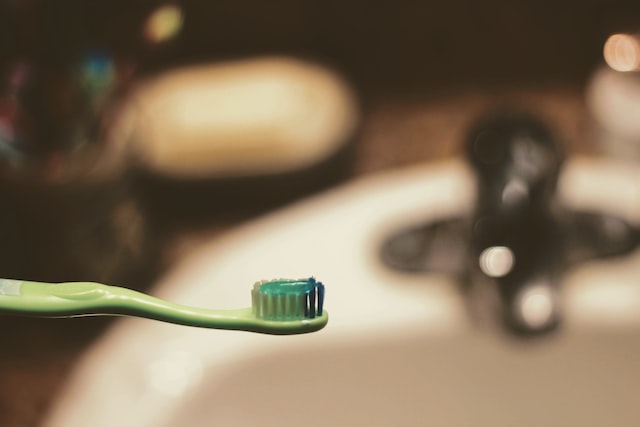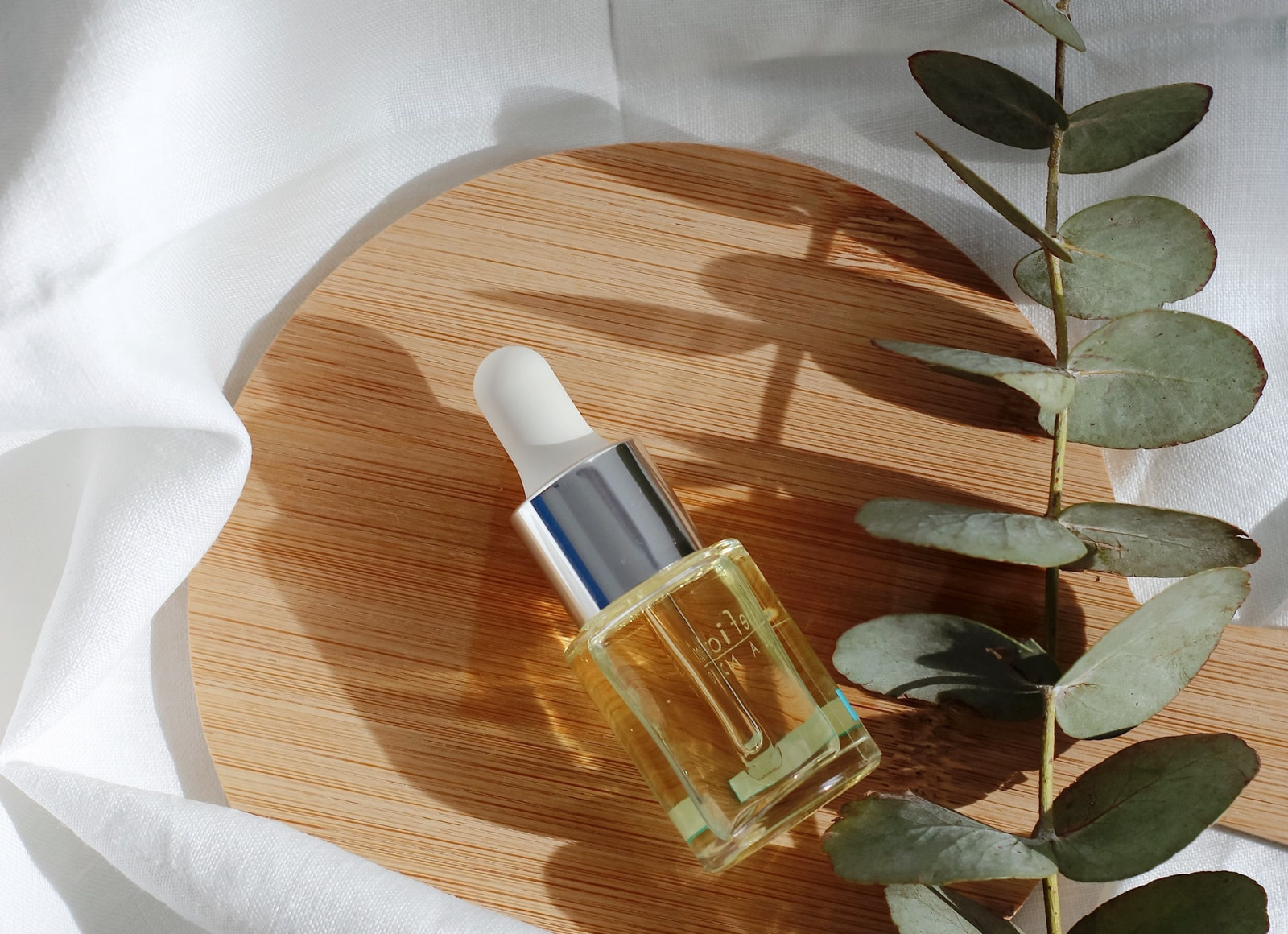BACKGROUND
Carvone (CAS 6485-40-1 / 99-49-0 / 2244-16-8) is a monoterpene present in high amounts in caraway, dill, and spearmint essential oils. Carvone is not currently regulated by the EU Cosmetics Regulation No. 1223/2009, and can therefore be used as a fragrance ingredient in cosmetic products.
WHAT’S NEW?
On 27 March 2023, Sweden submitted to the European Chemicals Agency (ECHA) its intention of harmonized classification and labelling (CLH) of Carvone, a fragrance ingredient, to be classified as a reprotoxic substance of category 2 (CMR 2 – Carcinogenic, Mutagenic, and Toxic to Reproduction).
If the process is completed, this could pose a risk to the use of Carvone in cosmetics.
WHAT NOW?
After Sweden submits a dossier containing comprehensive information about Carvone, its properties, and any available data on its hazards, it will undergo an acceptance check by ECHA. In case the dossier is accepted, data provided to support the CMR 2 classification will undergo an assessment by the Risk Assessment Commitee (RAC). The outcome of this assessment might lead to an official CMR 2 classification of Carvone.
Depending on the outcome of RAC opinion, the use of Carvone in cosmetics might be threatened in the future, considering that cosmetic ingredients, classified as CMR substances, of category 2 under Part 3 of Annex VI to Regulation (EC) No 1272/2008 shall be either directly prohibited or may be allowed where the substance has been evaluated by the SCCS (in the context of the new classification) and found safe for use in cosmetic products.
References:
European Chemicals Agency (ECHA) – Registry of CLH intentions until outcome








